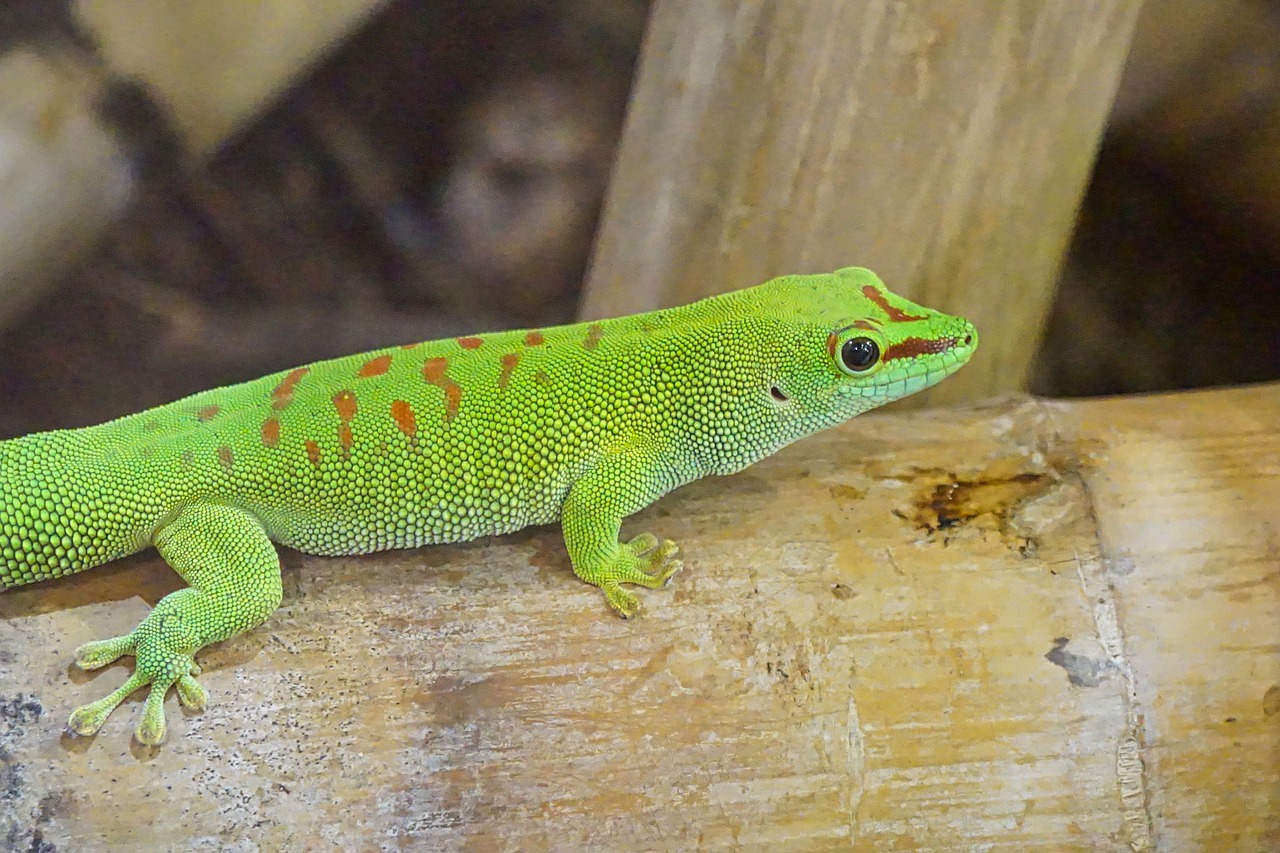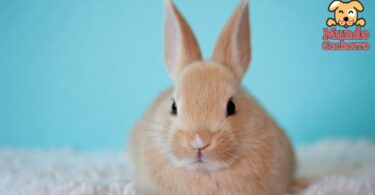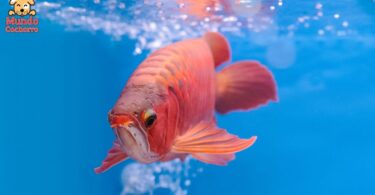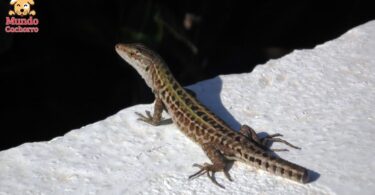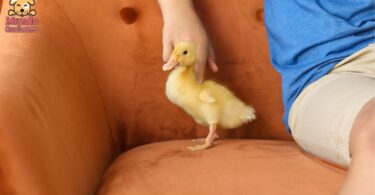Having a reptile at home is a seductive idea for many animal lovers. Certainly reptiles have a variety of conditions that make them an attractive option when choosing an exotic pet. However, it is also important to know that they may require special conditions to keep them healthy. One of them is to maintain humidity in the reptile’s terrarium.
In fact, maintaining humidity in your reptile’s terrarium is essential. This is because many reptiles come from habitats with high humidity. If the humidity is too low, your reptile may become dehydrated and suffer health problems. If the humidity is too high, it can be prone to illness and respiratory problems.
That is why it is important to know how to maintain proper humidity for your reptile.
Here are some suggestions for maintaining adequate humidity in the terrarium.
Maintaining humidity in the terrarium
- Suitable substrate: Use a substrate that retains moisture, such as moss, coconut fiber or pine bark. These substrates will help maintain humidity in the environment.
- Spraying: Spray water on the substrate and terrarium walls several times a day, especially in the morning and evening. This will help to increase the humidity in the air.
- Water bowls: Place large, shallow water bowls in the terrarium so your reptile can drink and also increase humidity by evaporating the water.
- Wet cave or hiding place: Provide a moist hiding place inside the terrarium, such as a cave with moist moss or coconut fiber. This will give your reptile a place to shelter and help maintain humidity.
- Humidifier: In large terrariums or if the ambient humidity is difficult to maintain, you may consider using a humidifier to increase humidity more efficiently.
- Thermohygrometer: Place a thermohygrometer in the terrarium to monitor humidity and temperature. Make sure the humidity is within the proper range for the species of reptile you have. This device is available at pet stores.
- Controlled ventilation: Ensure that there is adequate ventilation in the terrarium to prevent mold and mildew buildup, but avoid excessive ventilation that may reduce humidity.
- Live plants: If appropriate for the species of reptile you have, consider adding live plants to the terrarium. Plants will help maintain humidity and also provide shelter and environmental enrichment for your reptile. Ask your veterinarian for advice on the best plant species. This is likely to depend on the kind of reptile you have.
Different requirements
Keep in mind that different reptile species have different humidity requirements, so it is important to research and understand your pet’s specific needs. Providing adequate humidity in the terrarium will help keep your reptile happy and healthy.
Image courtesy of https://pixabay.com, all rights reserved.


